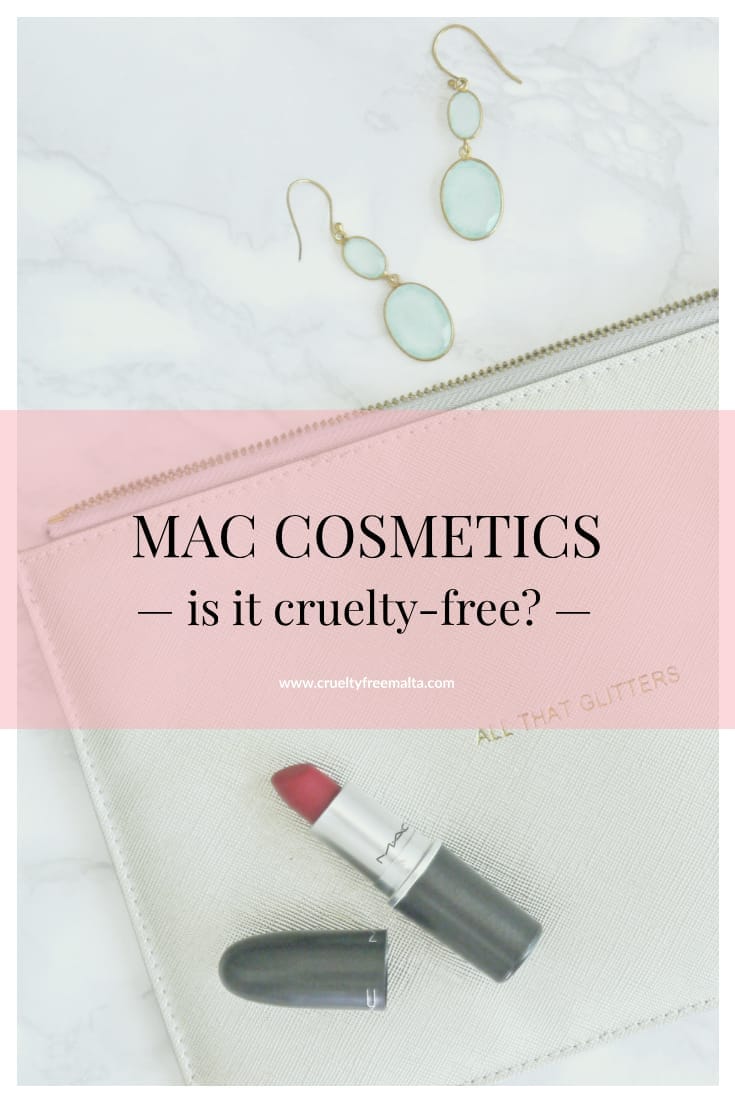In recent years, the cosmetic industry has become increasingly scrutinized for its ethical practices, particularly concerning animal testing. As consumers become more conscientious about their purchasing decisions, the demand for cruelty-free products has surged. In this intricate web of consumer rights and ethical responsibility, one question frequently arises: Is MAC Cosmetics animal cruelty-free today?
To address this question comprehensively, it is imperative to explore the nuances of MAC Cosmetics’ policies, the implications of animal testing, and the broader landscape of cruelty-free beauty products. This discourse will not only clarify MAC’s current stance but also provide deeper insights into what it means to be cruelty-free in today’s market.
The Evolution of MAC Cosmetics and Animal Testing
Founded in 1984, MAC Cosmetics has established itself as a powerhouse in the beauty industry. Initially marketed to professional makeup artists, the brand has evolved into a globally recognized name. As its popularity skyrocketed, so did the scrutiny it faced regarding its ethical considerations—especially in relation to animal testing practices.
Initially, MAC’s approach to animal testing was not transparent. The brand was acquired by Estée Lauder Companies in 1998, which complicated its ethical landscape. Under corporate structures of this magnitude, policies regarding animal testing can shift dramatically, oftentimes reflective of a company’s overarching commercial strategy rather than a commitment to animal welfare.
Understanding Animal Testing in Cosmetics
Animal testing in the cosmetic industry often involves various methods to evaluate product safety. These techniques may include skin irritation tests, eye irritancy assessments, and toxicity trials, typically conducted on animals such as rabbits, guinea pigs, and mice. The ethical ramifications of these practices have ignited fervent debates among animal rights advocates and consumers alike.
Ultimately, the question revolves around the necessity and humanness of testing on sentient beings to ensure product safety. Numerous organizations and researchers advocate for alternative testing methods, which leverage technology to enhance accuracy while preserving animal welfare.
MAC Cosmetics’ Current Stance on Animal Testing
As of now, MAC Cosmetics asserts its commitment to being cruelty-free. The phrase “cruelty-free” means that the products are developed without any testing on animals. However, this declaration is subject to some caveats. Firstly, MAC operates in markets where animal testing is mandated by law, such as mainland China. This aspect raises a critical ethical dilemma: can a cosmetic brand truly be considered cruelty-free if it concedes to governmental testing requirements under specific conditions?
Furthermore, MAC indicates its dedication to alternative testing methods and invests in innovative research. Yet, this narrative clashes with the realities of international regulations that may force compliance with animal testing practices, thus rendering the brand’s cruelty-free claims complex and ambivalent.
What Does Cruelty-Free Really Mean?
With a plethora of brands claiming to be cruelty-free, understanding the terminology and certifications involved is essential. Some products bear labels from organizations like PETA or The Leaping Bunny Program, signifying rigorous standards for cruelty-free claims. These organizations conduct thorough audits to ensure compliance, offering consumers a measure of assurance.
In contrast, MAC does not possess such third-party certification, which may lead some consumers to question the legitimacy of its cruelty-free assertions. Therefore, it becomes crucial for individuals to research brands, read labels meticulously, and examine the ethical principles guiding their purchasing decisions.
The Impact of Consumer Awareness
The increasing consumer awareness surrounding animal welfare has played a pivotal role in shaping the beauty industry’s landscape. As awareness grows, so does the demand for transparency, pushing brands to improve their ethical practices. Social media has amplified this movement, allowing consumers to voice their concerns and influence corporate strategies.
Correspondingly, brands that refuse to abandon animal testing risk losing their customer base. Younger demographics, profoundly invested in sustainable and ethical consumption, gravitate towards companies that align with their values, thereby compelling brands like MAC to reconsider their policies and practices continually.
The Road Ahead for MAC Cosmetics
As MAC Cosmetics navigates the intricate landscape of consumer expectations and ethical considerations, several pathways lie ahead. Continuous dialogue with animal rights organizations, investment in cruelty-free research, and commitments to transparency could bolster its credibility within the cruelty-free community.
Moreover, the brand’s involvement in philanthropic endeavors, such as fundraising for animal welfare organizations, can reflect its genuine commitment to ethical practices. By demonstrating a proactive approach, MAC can aspire to cultivate trust among consumers while fostering a culture of compassion towards all living beings.
Conclusion: Navigating Ethical Choices in Beauty
In conclusion, while MAC Cosmetics currently claims a cruelty-free status, the implications of its practices—particularly with regard to stringent international regulations—merit careful consideration. For consumers, being informed means recognizing both the triumphs and challenges within the cruelty-free movement. As activism continues to inspire change in the beauty industry, consumers must wield their purchasing power as a potent force for ethical reform. By doing so, they contribute to a future where beauty and compassion coexist harmoniously.






